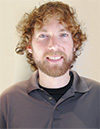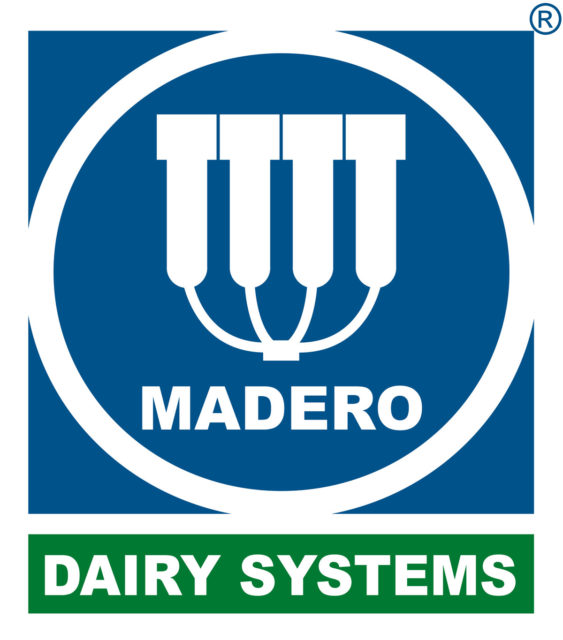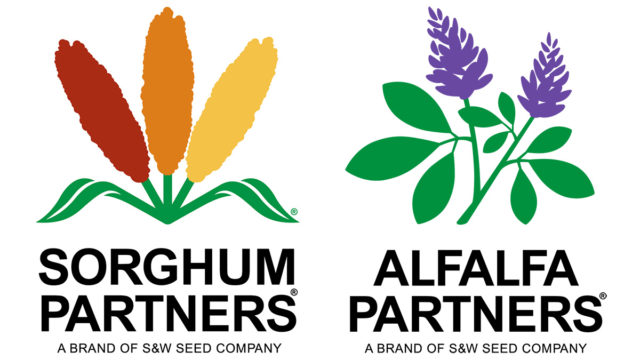It was 9 p.m. when we arrived at the Cowshed Café, but since they knew we were coming, they still waited. I had convinced Matt, a Canadian friend, to go on an “agritourism trip” through Iceland with me.
The Cowshed Café offered both a restaurant and accommodation in Lake Myvatn, which has become one of the major tourist areas in Iceland due to the craters, pseudo-craters, lava fields and enigmatic rock formations along the water.
As a result, nothing about the area is cheap, particularly the Cowshed Café. Because of a recent snowstorm, we were their only guests.
The Cowshed Café tried to make up for its price in luxury. The rooms were small, cabin-like units with polished wood interiors and most of the amenities of a hotel room (minus the fridge and microwave). The beds had opulent pillows with the heads of sheep Photoshopped on them.
We went to breakfast in the empty dining area to a comprehensive buffet of cheeses, bread, crackers, fruit and salmon. Farming, by nature, isn’t a very luxurious profession. The quilted doilies and lemon-flavored Brie were the first signs this wasn’t a real farm. Because it was included in the price of the room, I filled my plates as many times as I could.
The central feature of the facilities – and from which it derived its fame – was the milking parlor attached to the dining area. Only an inch pane of glass separated the cows getting milked and the patrons eating crème brûlée. It was a double-two herringbone parlor – about half the size of a normal parlor in Iceland. It was not milking time when we were there, and the parlor was just as empty as the room in which we stood.
Although the cows weren’t being milked while we ate, I could imagine it happening before me. It was very different from a previous café we had been in several hours ago that was built into an actual barn. There, the freestalls below it were treated more like a vista, and the milking was done by a robot we saw on a television screen.
This, at the Cowshed Café, nearly felt like a violation of privacy. It was the trade-off in the end of charging high prices: the farmer had to make a spectacle of himself. He had to, for the sake of the customers, put himself on display. The only reassuring thing was I had read there were only 16 cows. This meant milking didn’t take very long – and more proof that it wasn’t a real farm. The cows were here to be a spectacle as well.
The more I looked at the empty parlor, the more I wondered about the mechanics of the experience, had it been going on. Would the farmer have made eye contact with us? Would we be expected to wave to him? I suppose he would always have to appear to be happy, which would be good for business but not very truthful of farming.
The whole setup had the feel of an aquarium, in which the people outside were supposed to stare at the farmer in awe, as if he were a dolphin. Would kids try to bang on the glass to get his attention? Would he have to dance to get everyone clapping?
Although it may be difficult for me to admit, places like the Cowshed Café do serve the greater good. Most people in the U.S. are at least three generations removed from the farm, if not more. Whereas my parents’ generation swapped stories about spending a summer on their uncle’s farm, that is rare among my age group.
On the other hand, however, it seems like the public is trying. Among the urban buzz is always talk about finding out where your food comes from and various farm-to-consumer relationships. The organic movement is empowered in part (besides higher profits for retailers) by the goodwill of citizens not only hoping to purchase something that is better for themselves but for the farmer and the animal it came from.
The gulf of understanding between those who farm and those who do not is growing vaster, but agritourism ventures are there to reside in that gap. It allows the average person to, in the least, see a cow being milked.
Still, I couldn’t help but be bothered by it. The most obvious thing to assume was that it was the farmer being treated like an exhibit – and the degradation implied. However, that wasn’t it. Although this was not the case with the Cowshed Café, other proprietors had told us that they had opened their farms up to the public when they couldn’t make a living and were forced to do something different.
Having to do “something different” has been the story of American dairy farming for the last several decades. In Iceland, agriculture is treated well, and it’s one of the few places in the world where a farm of 60 cows can sustain a good life for a family. In the U.S., many farms of the same size only have two options: selling out or getting bigger. Every day, there are fewer farmers in the world.
The glass at the Cowshed Café had a dividing effect that went beyond its construction. It separated those who farmed and those who didn’t – or as I couldn’t help but see it: them and us.
As the weather gets warmer in northern Iceland, the cafes will become more and more crowded with people trying to get a good table to see, for the first time, a farmer milk a cow. It seems like a fitting metaphor for the state of agriculture.
Every day, farming becomes more of a minority performance, more of something people don’t know about, and more of an act that is like a museum piece. In addition to helping the public understand farming, agritourism places like the Cowshed Café are serving a greater truth that isn’t as comfortable as their customer seating. PD
Ryan Dennis is the son of a dairy farmer from western New York and a literary writer. The Dennis family dairies and maintains a 100-plus cow herd of Holsteins and Shorthorns.

-
Ryan Dennis
- Columnist
- Email Dennis




